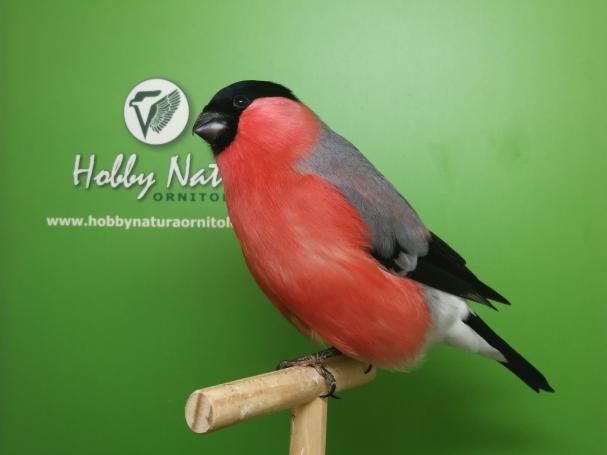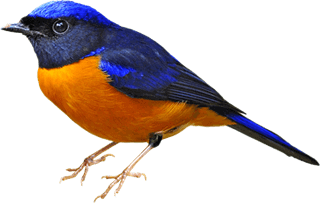Bullfinch - Pyrrhula pyrrhula
In the Bullfinch it is impossible not to recognize the male from the female, the male's chest and a beautiful orange tending to red, in the female the chest and gray. A particular note on the name of this bird must be said, the scientific name "pyrrhula" derives from the Greek purrhoulas which means "eater of worms" because from an old Aristotelian text it was told of a bird with red breast feeding on worms ... maybe a robin?
Habitat: The areas where we could normally meet Bullfinches are wooded mainly composed of conifers in most of Europe, North Asia and Russia.
Feeding: Bullfinches feed on a wide variety of seeds, even those with a more robust shell, which they can easily open with their strong beak. They are also fond of vegetables like broccoli, berries like pyracanth and hawthorn, while during the breeding season they also look for small insects and larvae to feed their young. An advice that we can give you, if you want to try your hand at this breeding, is always divide the males from young females during the moulting period, to help them better with proper nutrition to intensify the colors.
Habitat: The areas where we could normally meet Bullfinches are wooded mainly composed of conifers in most of Europe, North Asia and Russia.
Feeding: Bullfinches feed on a wide variety of seeds, even those with a more robust shell, which they can easily open with their strong beak. They are also fond of vegetables like broccoli, berries like pyracanth and hawthorn, while during the breeding season they also look for small insects and larvae to feed their young. An advice that we can give you, if you want to try your hand at this breeding, is always divide the males from young females during the moulting period, to help them better with proper nutrition to intensify the colors.
available birds


might also be of interest


























